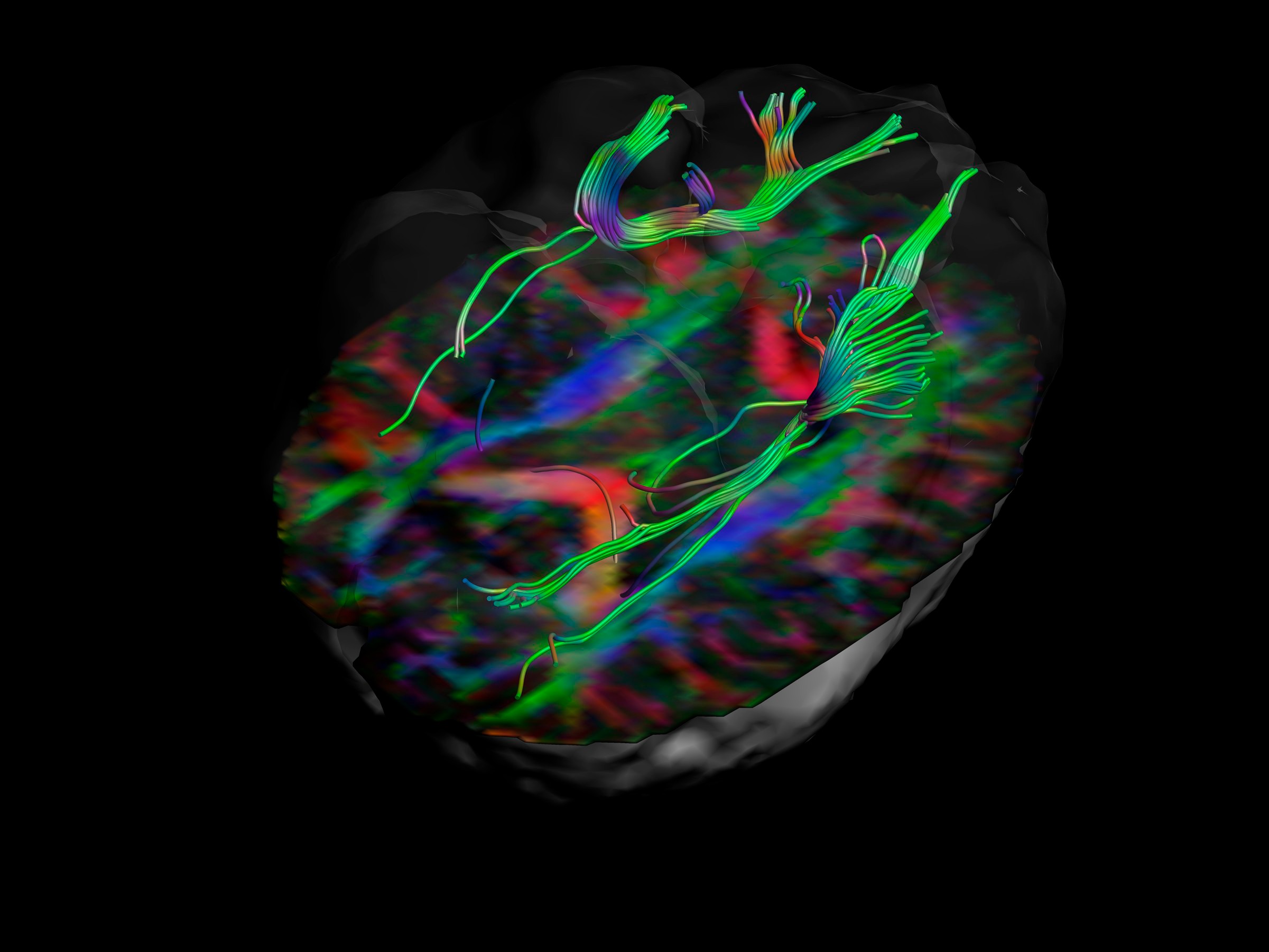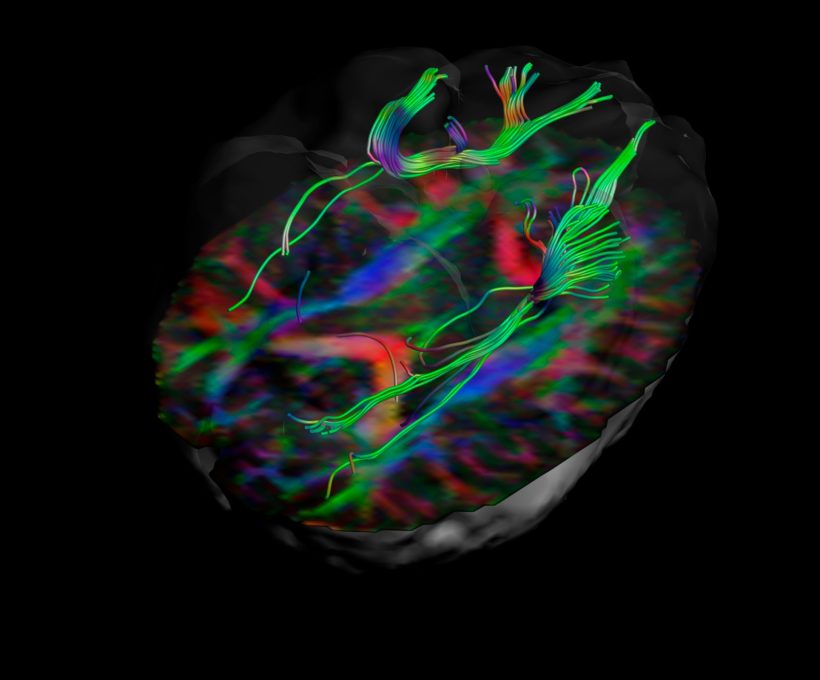Biomedical descriptions of epileptic seizures often focus on electrophysiological mechanisms, neuromuscular responses, and anatomical involvement. Synthesizing the patient experience from these descriptions can be challenging for even clinical practitioners. Literary renderings, however, have provided vivid descriptions of what people experience during epileptic seizures ranging from the clinical to the apocalyptic. Here are two literary descriptions of an epileptic seizure, one by Fyodor Dostoevsky and one by Paul Harding, compared to a classic biomedical text description from Harrison’s Principles of Internal Medicine.
The Biomedical
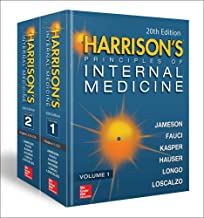
From Harrison’s Principles of Internal Medicine, 20th edition, McGraw Hill, New York, 2018
The seizure usually begins abruptly without warning, although some patients describe vague premonitory symptoms in the hours leading up to the seizure…The initial phase of the seizure is usually tonic contraction of muscles throughout the body, accounting for a number of the classic features of the event. Tonic contraction of the muscles of expiration and the larynx at the onset will produce a loud moan or “ictal cry.” Respirations are impaired, secretions pool in the oropharynx, and cyanosis develops. Contraction of the jaw muscles may cause biting of the tongue. A marked enhancement of sympathetic tone leads to increases in heart rate, blood pressure, and pupillary size. After 10–20s, the tonic phase of the seizure typically evolves into the clonic phase, produced by the superimposition of periods of muscle relaxation on the tonic muscle contraction…The postictal phase is characterized by unresponsiveness, muscular flaccidity, and excessive salivation that can cause stridorous breathing and partial airway obstruction.
The Literary
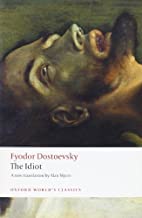
From The Idiot, Fyodor Dostoevsky, 1992, Oxford World Classics, Oxford
Prince Myshkin is the main character and he is plagued by epileptic seizures. The title reflects what he can appear as after a seizure (ie, an idiot), but is rather the manifestation of the “postictal” state. Here is a description of the prodromes he experiences and a seizure he suffers at one point in the book.
…there was a stage in his epileptic condition just before the fit itself, when all of a sudden…when his brain seemed to flair up momentarily and all his vital forces tense themselves at once in an extraordinary surge. The sensation of being alive and self-aware increased almost tenfold in those lightning-quick moments. His mind and heart were bathed in an extraordinary illumination…But these moments, these flashes, were merely the prelude to that final second (never more than a second) which marked the onset of the actual fit. That second was, of course, unendurable.
pp. 236-237
Then all at once everything seemed to open up before him: an extraordinary inner light flooded his soul. That instant lasted, perhaps, half a second, yet he clearly and consciously remembered the beginning, the first sound of a dreadful scream which burst from his chest of its own accord and which no effort of his could have suppressed. Then consciousness was extinguished instantly and total darkness came upon him…
pp. 246-247
…In that one instant the face suddenly becomes horribly contorted, especially the eyes. Spasms and convulsions rack the entire body and all the facial features. A frightful, unimaginable scream, quite unlike anything else, bursts from the chest; it seems as if everything human is annihilated in that scream, and it is quite impossible, or at least very difficult, for the observer to imagine or concede that it is the man himself who is screaming. One even gets the impression that it is someone else screaming inside the body of the man.
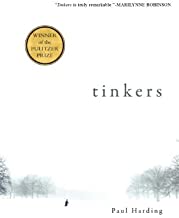
From Tinkers, Paul Harding, 2009, Bellevue Literary Press, New York
Howard is a main character in this novel. Howard had epilepsy, and his seizures figured into the trajectory of his life and the lives of his family members. He suffered grand mal seizures that Harding describes one time as follows.
The aura, the sparkle and tingle of an oncoming fit, was not the lightning—it was the cooked air that the lightning pushed in front of itself. The actual seizure was when the bolt touched flesh, and in an instant so atomic, so nearly immaterial, nearly incorporeal, that there was almost no before and after, no cause A that led to effect B, but instead simply A, simply B, with no then in between, and Howard became pure, unconscious energy. It was like the opposite of death, or a bit of the same thing death was, but from a different direction: Instead of being emptied or extinguished to the point of unselfness, Howard was over-filled, overwhelmed to the same state. If death was to fall below some human boundary, so his seizures were to be rocketed beyond it.
pp. 47–48
Mapping Literary Text to Biomedical Text
The table below maps corresponding components of the literary texts to each other and to the biomedical text.
| Biomedical Text | The Idiot (Dostoevsky) | Tinkers (Harding) | ||
| Some patients describe vague premonitory symptoms in the hours leading up to the seizure | There was a stage in his epileptic condition just before the fit itself …when his brain seemed to flair up momentarily and all his vital forces tense themselves at once in an extraordinary surge. | The aura, the sparkle and tingle of an oncoming fit, was not the lightning—it was the cooked air that the lightning pushed in front of itself. | ||
| The seizure usually begins abruptly without warning | Then all at once everything seemed to open up before him: an extraordinary inner light flooded his soul. That instant lasted, perhaps, half a second, yet he clearly and consciously remembered the beginning. | The actual seizure was when the bolt touched flesh, and in an instant so atomic, so nearly immaterial, nearly incorporeal, that there was almost no before and after, no cause A that led to effect B, but instead simply A, simply B, with no then in between. | ||
| The initial phase of the seizure is usually tonic contraction of muscles throughout the body. | In that one instant the face suddenly becomes horribly contorted, especially the eyes. Spasms and convulsions rack the entire body and all the facial features. | Howard became pure, unconscious energy. It was like the opposite of death, or a bit of the same thing death was, but from a different direction. | ||
| Tonic contraction of the muscles of expiration and the larynx at the onset will produce a loud moan or “ictal cry.” Respirations are impaired, secretions pool in the oropharynx, and cyanosis develops. Contraction of the jaw muscles may cause biting of the tongue. A marked enhancement of sympathetic tone leads to increases in heart rate, blood pressure, and pupillary size. | A frightful, unimaginable scream, quite unlike anything else, bursts from the chest. | Instead of being emptied or extinguished to the point of unselfness, Howard was over-filled, overwhelmed to the same state. | ||
| After 10–20 s, the tonic phase of the seizure typically evolves into the clonic phase, produced by the superimposition of periods of muscle relaxation on the tonic muscle contraction. The postictal phase is characterized by unresponsiveness, muscular flaccidity, and excessive salivation that can cause stridorous breathing and partial airway obstruction. | Then consciousness was extinguished instantly and total darkness came upon him. | If death was to fall below some human boundary, so his seizures were to be rocketed beyond it. |
Also:
These two novels, along with the movie, Electricity, were featured in an episode of the podcast, The Clinic & The Person, I cohost with Dan Albrant and with executive producer Anne Bentley.
Photo: White matter fibres of the uncinate fasciculus
Credit: Christopher Whelan, Royal College of Surgeons in Ireland.
Attribution 4.0 International (CC BY 4.0)
